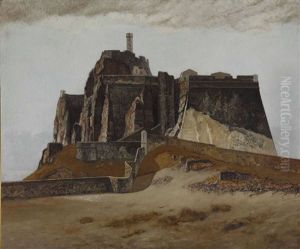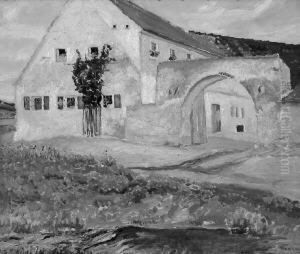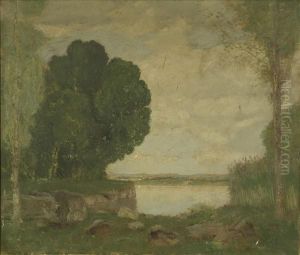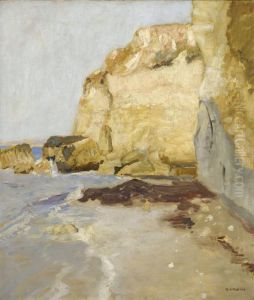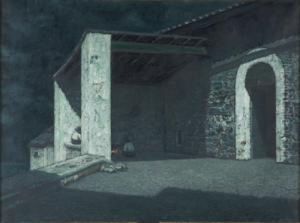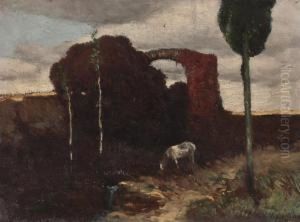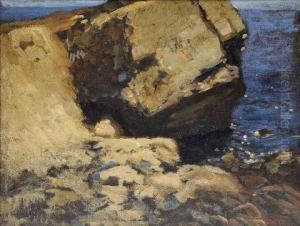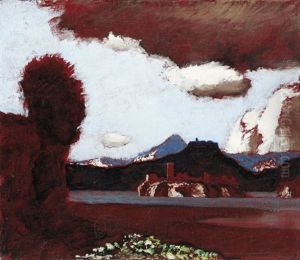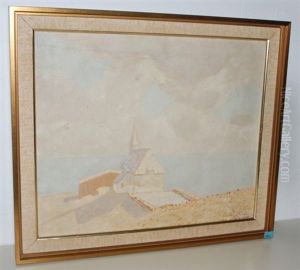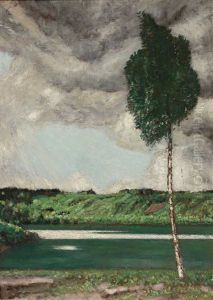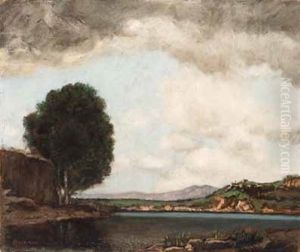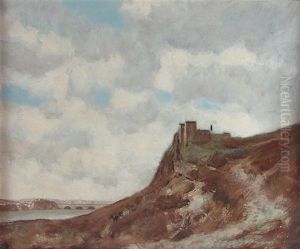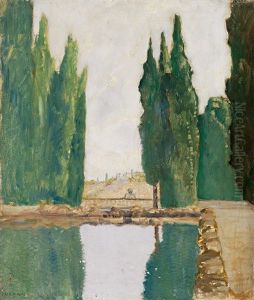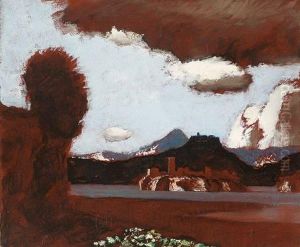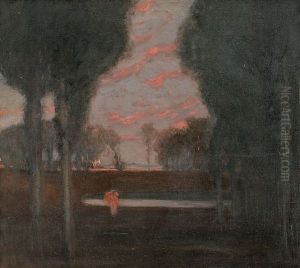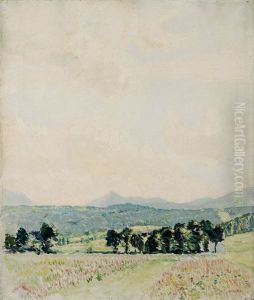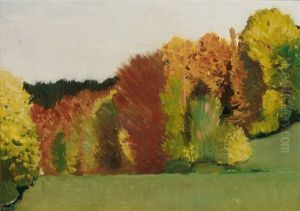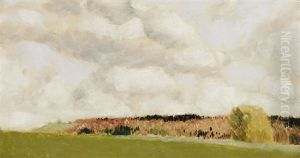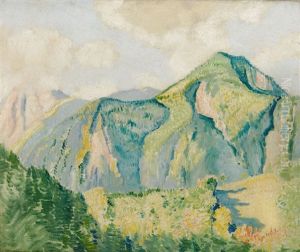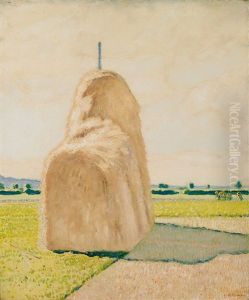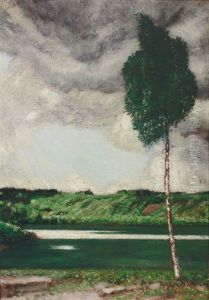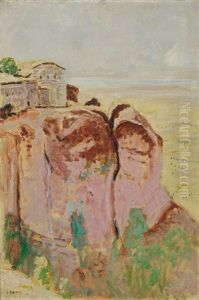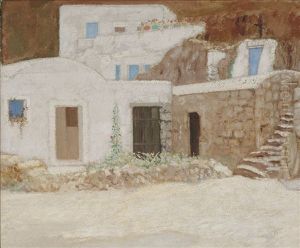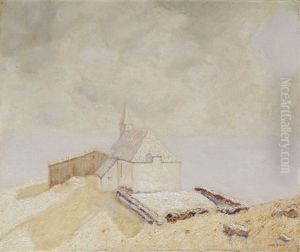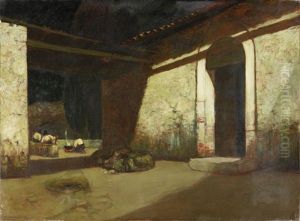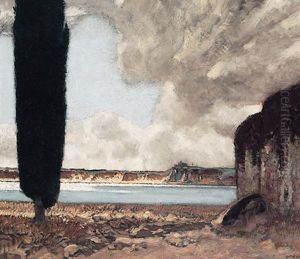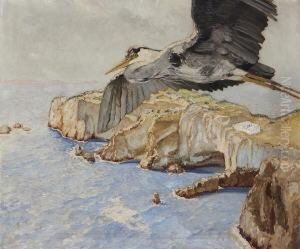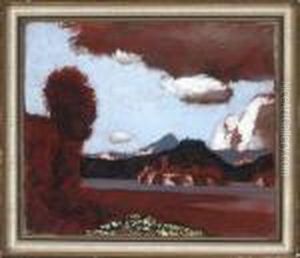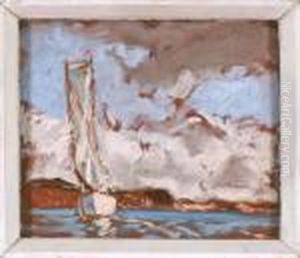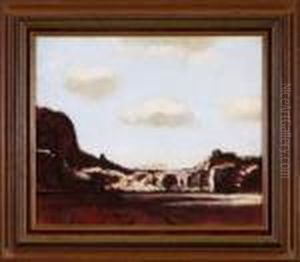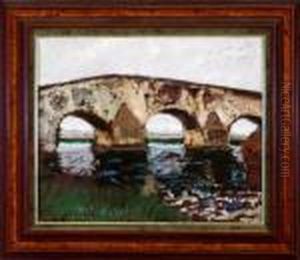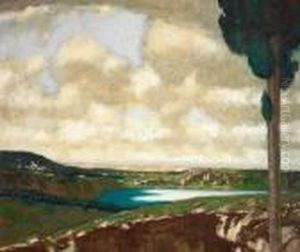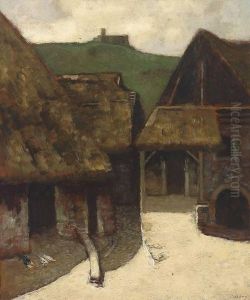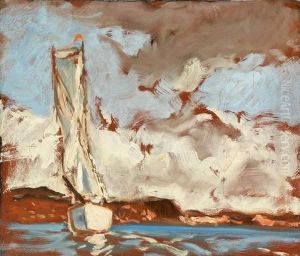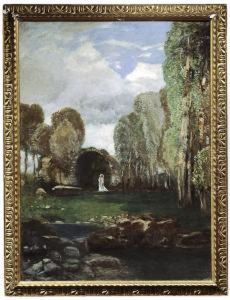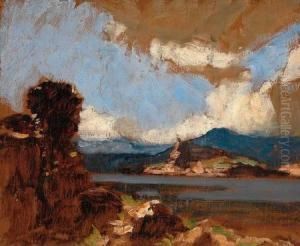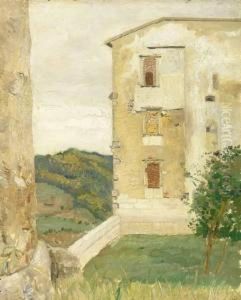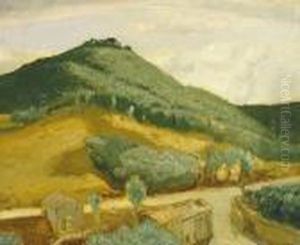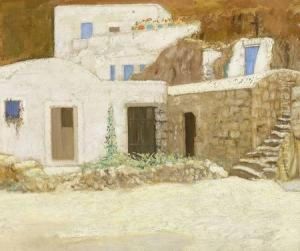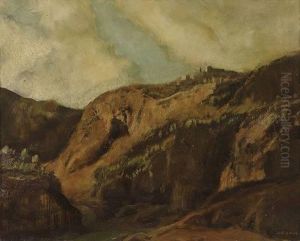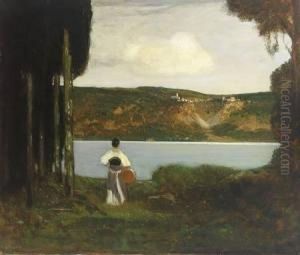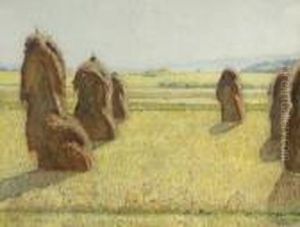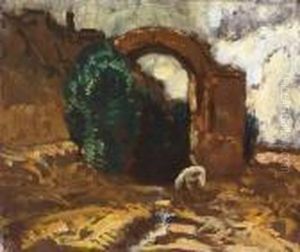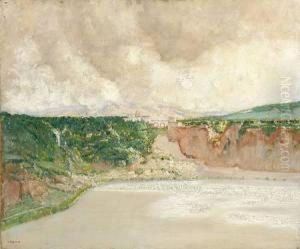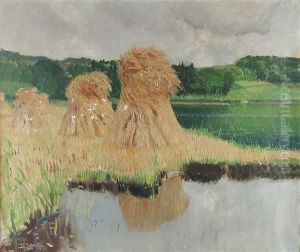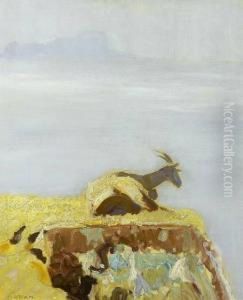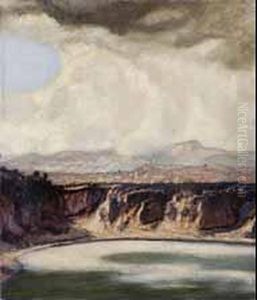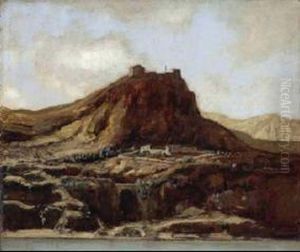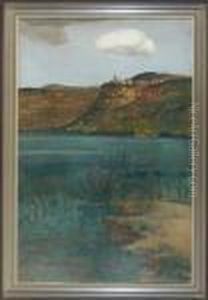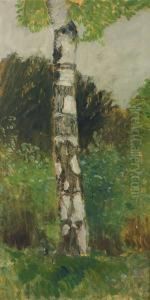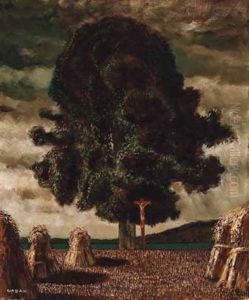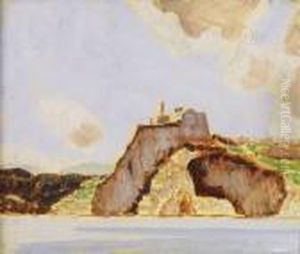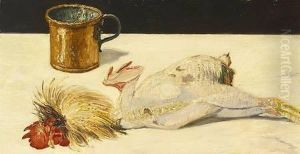Hermann Urban Paintings
Hermann Urban was a German painter and graphic artist, known for his contributions to the art movements of his time and his work in various styles and mediums. Born on April 18, 1872, in Berlin, Germany, Urban demonstrated an early interest in art and went on to study at the Royal Academy of Arts in Berlin.
He was active during a dynamic period in German art, encompassing movements such as Impressionism, Expressionism, and the New Objectivity. Although not as widely recognized as some of his contemporaries, Urban's work reflected the changing artistic landscapes of the late 19th and early 20th centuries. His oeuvre includes landscapes, portraits, and still lifes, showcasing his versatility and his ability to capture the essence of his subjects.
Throughout his career, Hermann Urban exhibited his work in various galleries and was part of several art associations, which helped him establish a reputation among art circles in Germany. His work often depicted the beauty of the natural world, as well as the urban landscapes of Berlin, providing a glimpse into the city's cultural and architectural development during his lifetime.
Urban's style evolved over the years, starting with more traditional approaches and gradually incorporating the modernist influences that were sweeping through Europe at the time. He was known to experiment with light and color, which became hallmark features of his paintings.
Unfortunately, Hermann Urban's career was impacted by the political and social upheavals of the early 20th century, including World War I and the rise of the Nazi regime. These events influenced the art world in Germany profoundly, affecting the production, promotion, and reception of art.
After a long career, Hermann Urban died on August 25, 1946, in Berlin. His legacy is preserved through his artworks, which continue to be appreciated by art historians and collectors for their contribution to the rich tapestry of German art history.
